When to Visit Iceland – Summer vs Winter Travel
Iceland is an extraordinary destination, whatever time of year you visit. Discover 10 amazing places that prove there's always a good time to visit the Land of Fire and Ice.
Read more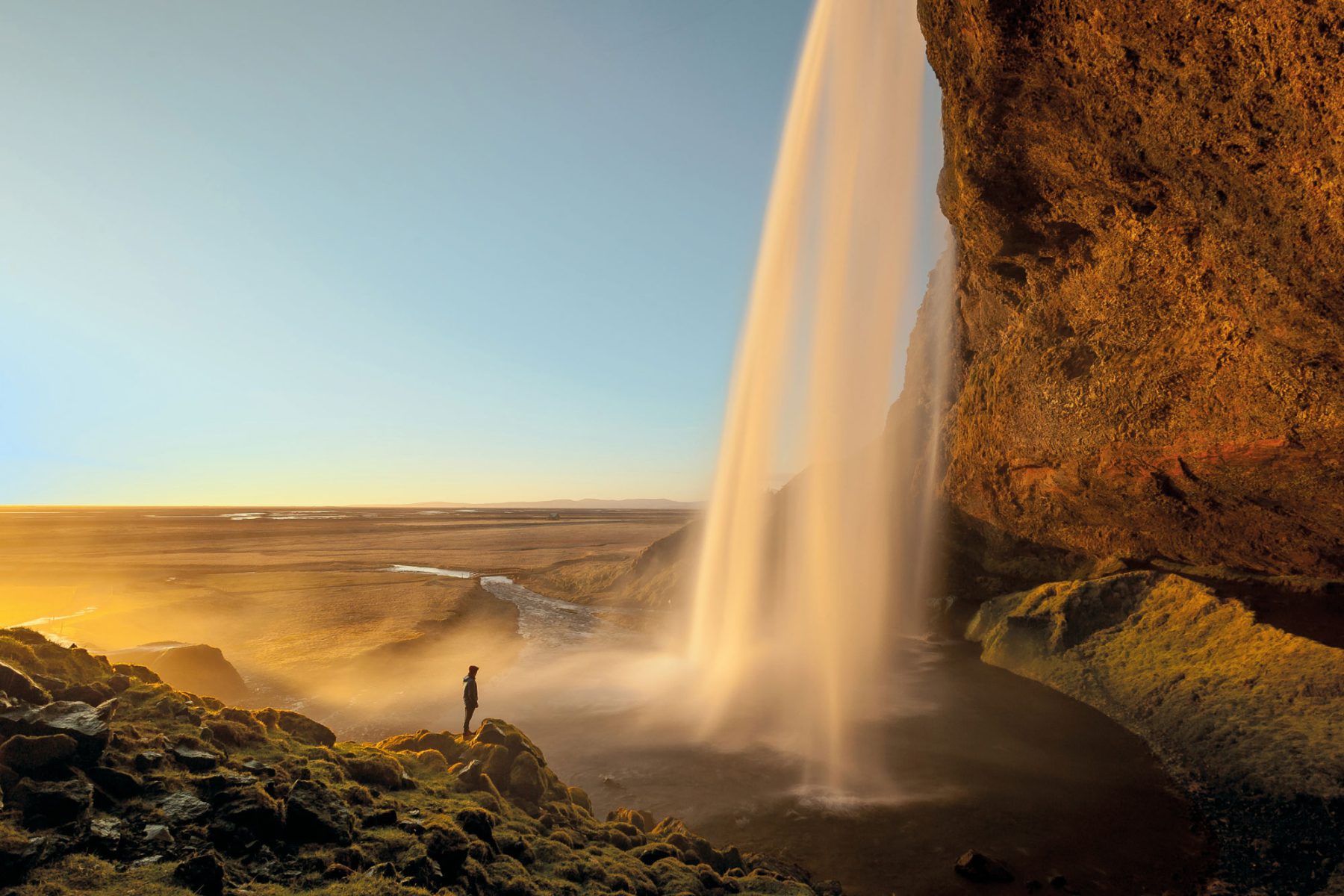
When is the best time to visit Iceland? The short answer is anytime you like! Iceland is a year-round destination, punctuated by two heavenly highlights: the midnight sun in summer and the northern lights in winter. But every season has its special appeal – the best time to visit largely depends on what you want to see or do on an Iceland holiday.
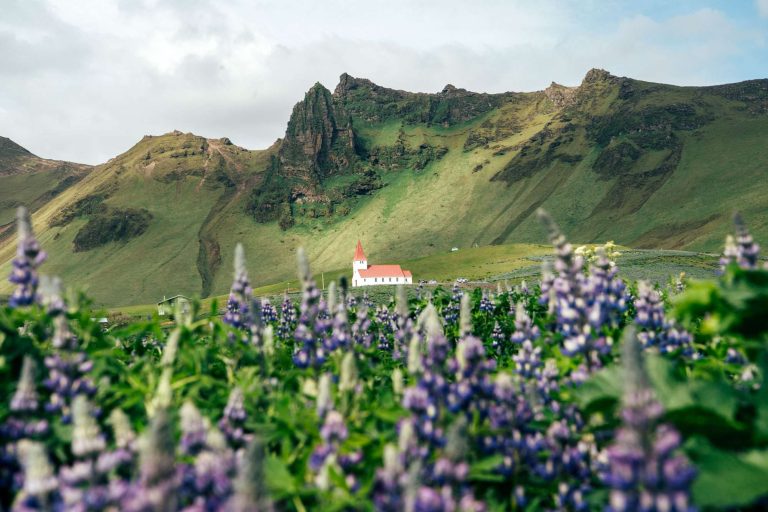
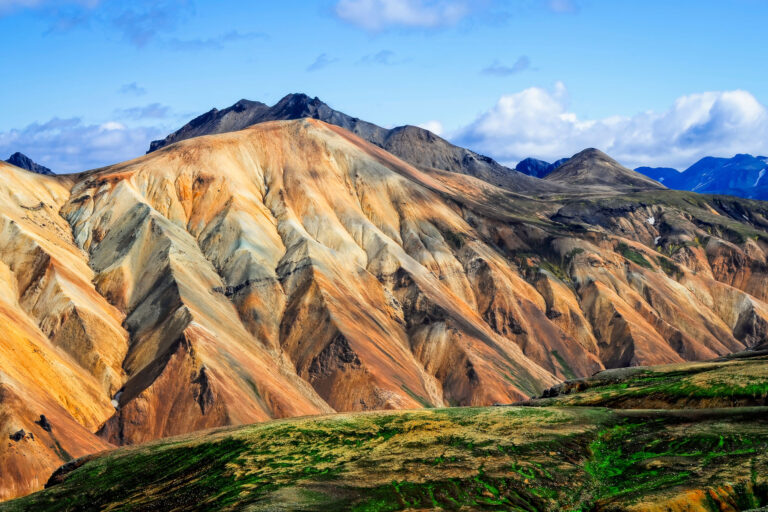
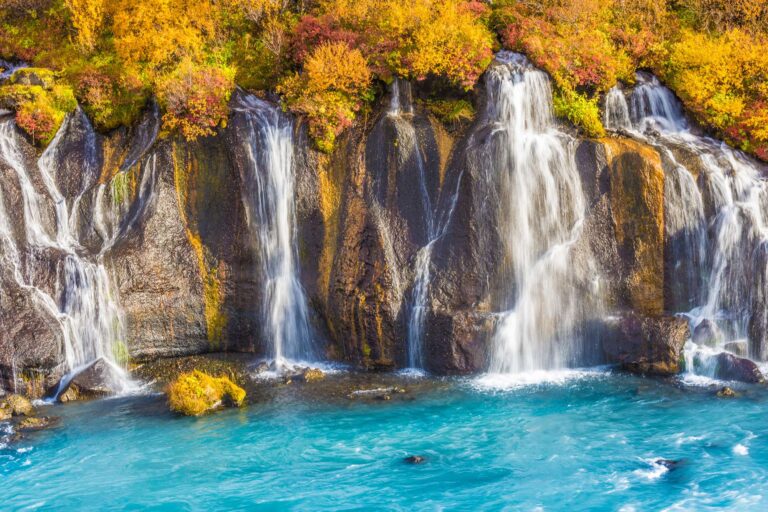
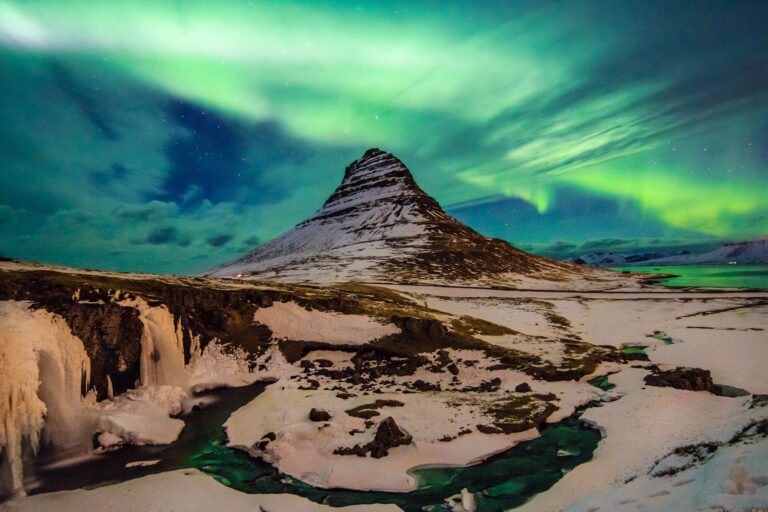
Northern lights watching is more commonly associated with winter, but spectacular displays of the aurora borealis can be seen over Iceland from as early as August. As the nights lengthen and darken, however, the northern lights shine brighter. The period either side of the autumn equinox in late September is a particularly rewarding time to scan the skies.
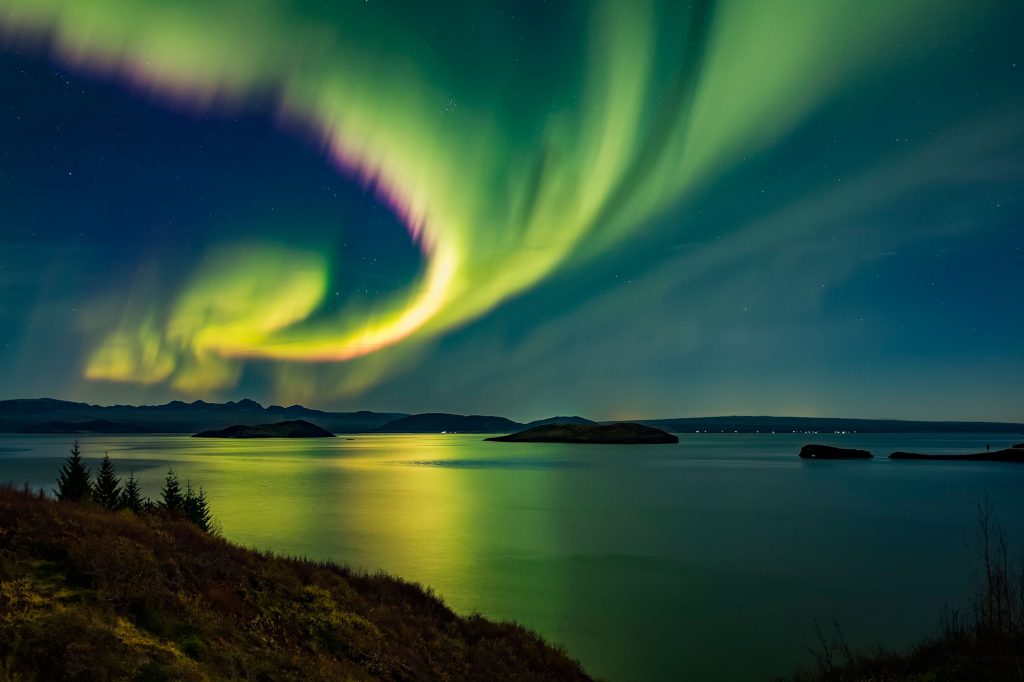
November to March are the darkest months, with just 4-5 hours of daylight on the shortest day (21st December) – ideal for northern lights viewing. Far from being dark, cold and uninviting, winter in Iceland is a magical season. Long nights help maximise your chances of seeing the northern lights – especially if you stay at a lodge or hotel in the countryside away from city light pollution. Equally mesmerising, Iceland’s waterfalls become frosted with ice during winter, while snowfall forms a vivid contrast with its volcanic landscapes.
Although the interior is closed during winter to all but a few hardy Superjeep expeditions, the main road network in Iceland is kept largely open. Self-drive holidays and escorted tours provide a wonderful opportunity to explore Iceland in winter when there are few other visitors and the rugged landscape is raked by beautiful, low-angled sunlight.
Winter activities in Iceland include glacier walking, snowmobiling, cross-country skiing and dog sledding. Keen hikers may have to wait until summer to gain access to trails in the mountains and interior, but there are few things more invigorating than a winter walk along one of Iceland’s black-sand beaches.
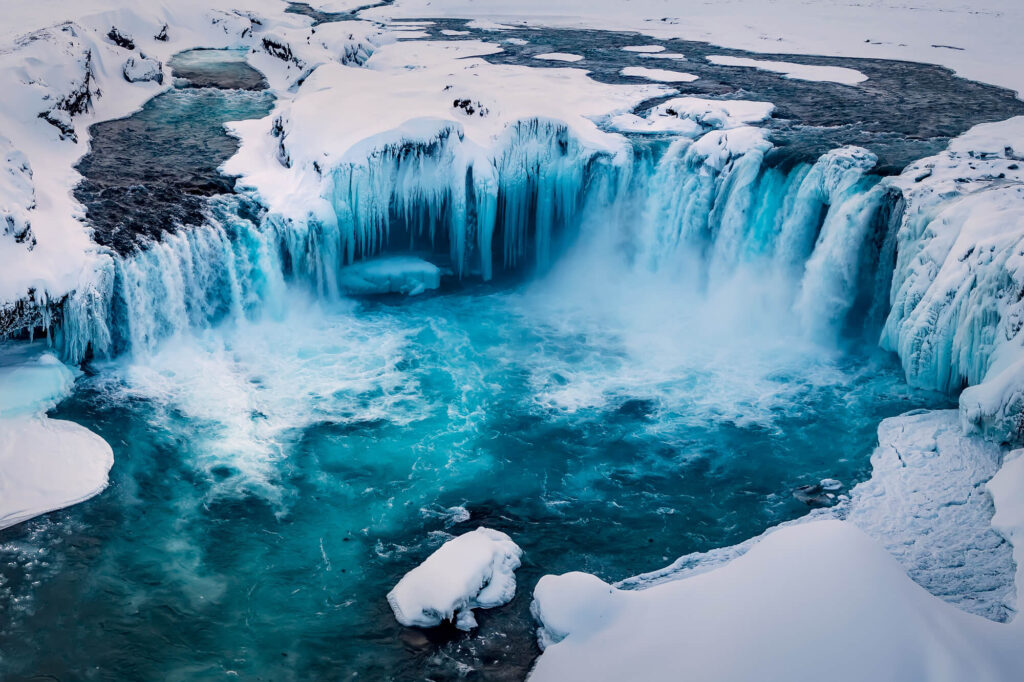
Iceland Specialist, Eric, offers some practical tips on travelling to Iceland in winter.
This is the season to experience the midnight sun. Iceland enjoys 24hr daylight from late May to mid-July, but to witness the best of the midnight sun you need to get as far north as possible (parts of North Iceland are just a few kilometres below the Arctic Circle) and time your visit to coincide with the summer solstice around 21st June. The merging of sunset and sunrise during mid-summer creates a magical few hours for photography in Iceland.
Just because it’s summer, don’t forget that ‘winter’ activities are also available thanks to Iceland’s perpetual icecaps. Even at the height of summer it’s possible to go snowmobiling or glacier walking on Vatnajokull or Langjokull. Summer is an ideal time for a self-drive holiday in Iceland. You can easily drive to many of the country’s most famous sights, such as Geysir and Gullfoss. Although tourist attractions in Iceland are not as crowded as other destinations in Europe, July and August are the busiest months – plan a fly-drive holiday in June or September and you’ll still enjoy long hours of daylight but with the added bonus of having many roads largely to yourself. Remember that Highland driving tracks in Iceland’s interior are often only open from late June to mid-September, and you’ll either need to hire a 4WD vehicle or join a guided superjeep safari.
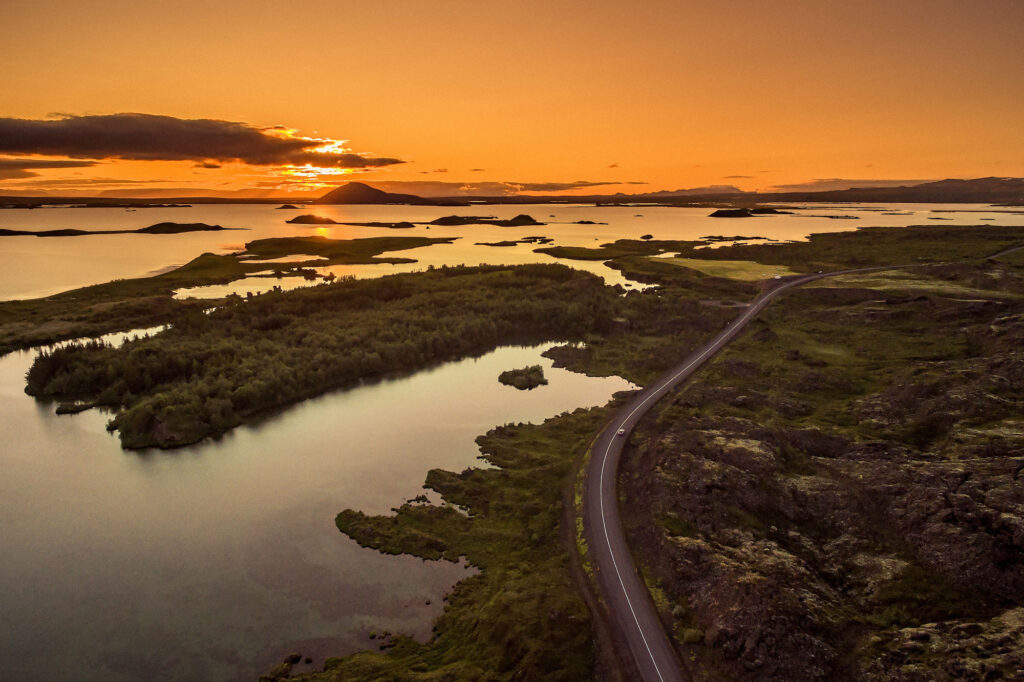
Tundra vegetation is burnished yellow, gold and orange during autumn – the stunning colours contrasting with Iceland’s black lavascapes or a dusting of early snow.
When the busy summer period is over, mild and often dry weather lingers into early autumn, making September an excellent month for a walking or self-drive holiday in Iceland. The days are still long (particularly early on in the month) and many summer activities are still operating. Photographers get the best of both worlds – rich autumn colours during the day and the chance of the northern lights at night – while hikers get to feast on an autumn harvest of blueberries, crowberries and redcurrants.
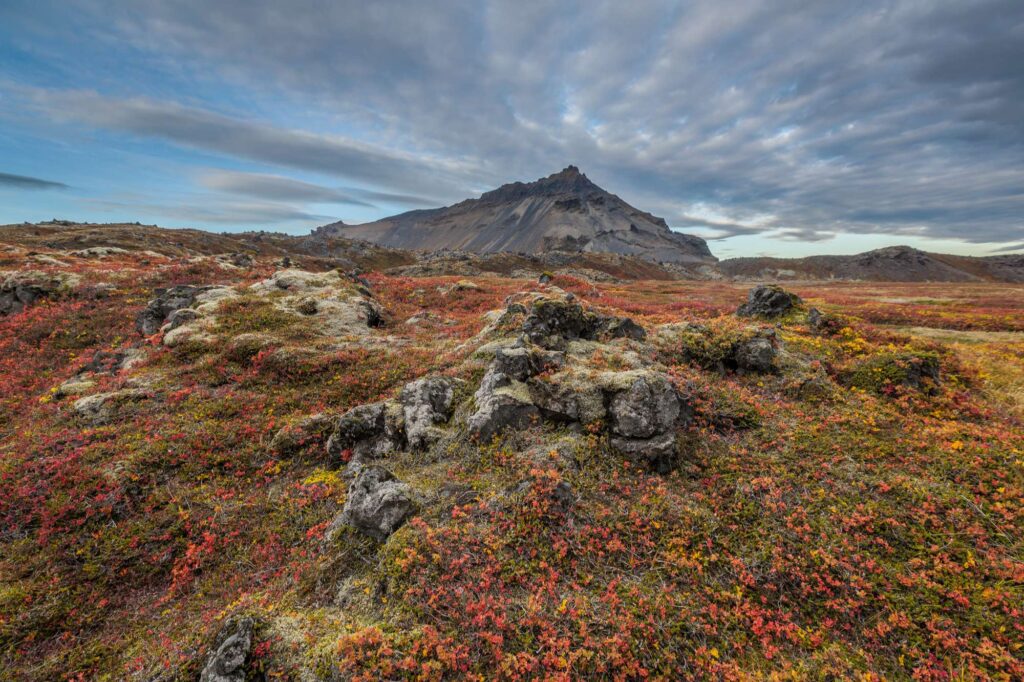
During spring, temperatures in the south averaging 0-10°C; any low-lying snow quickly thaws. It remains colder (and drier) further north. Although it’s generally mild and calm during summer, with the lowest rainfall of the year (around 50mm per month), the weather can still be fickle, especially in the highlands. July is the warmest month in Iceland. Daytime temperatures average 10-12°C, but highs of 20-25°C in the south and west are not uncommon.
Nights begin to draw in by late August, autumn is still a wonderful time to visit Iceland. The days can remain relatively mild well into September, with temperatures reaching 10°C. In the south and west, the warming influence of the Gulf Stream keeps temperatures around 0°C during winter, but it can plummet to -20°C or more in North Iceland or the interior – especially when you factor in wind chill. Expect daylight hours to range from four hours in mid-winter to around 10 hours in late autumn and early spring.


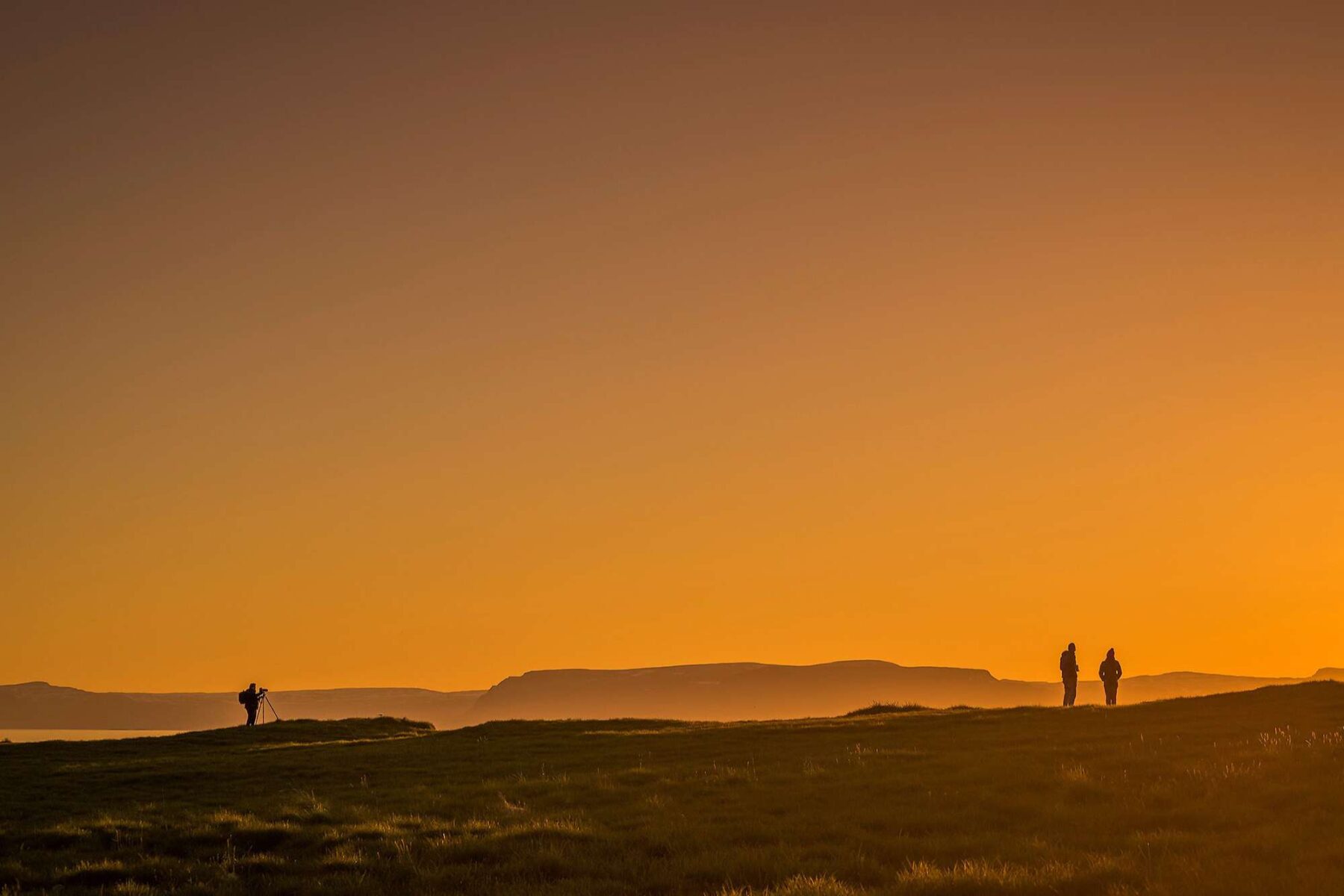
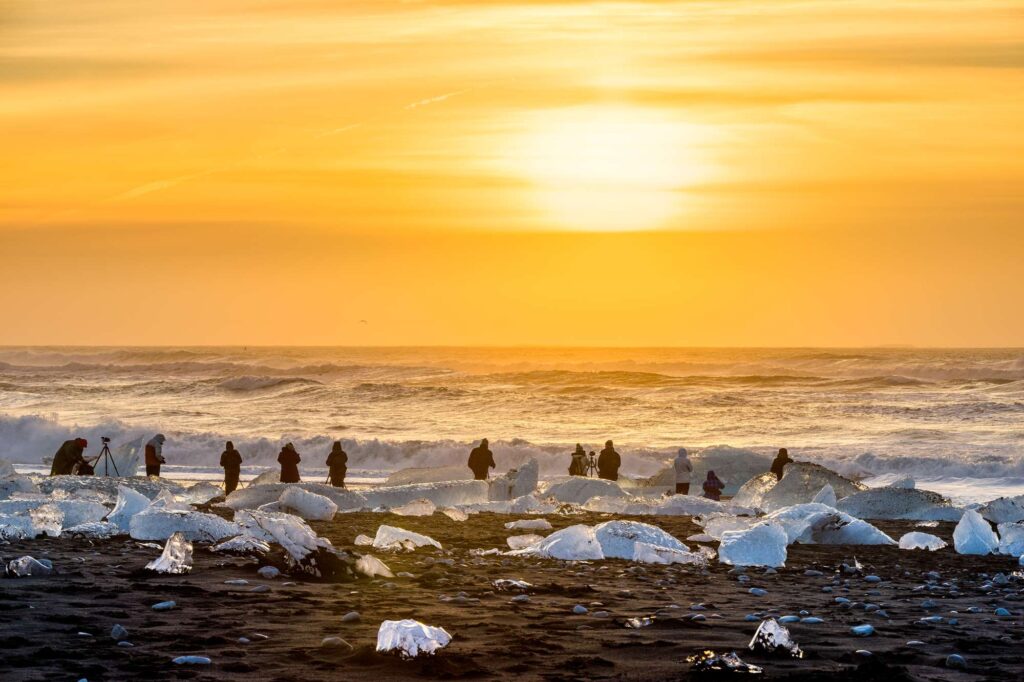
Iceland is an extraordinary destination, whatever time of year you visit. Discover 10 amazing places that prove there's always a good time to visit the Land of Fire and Ice.
Read more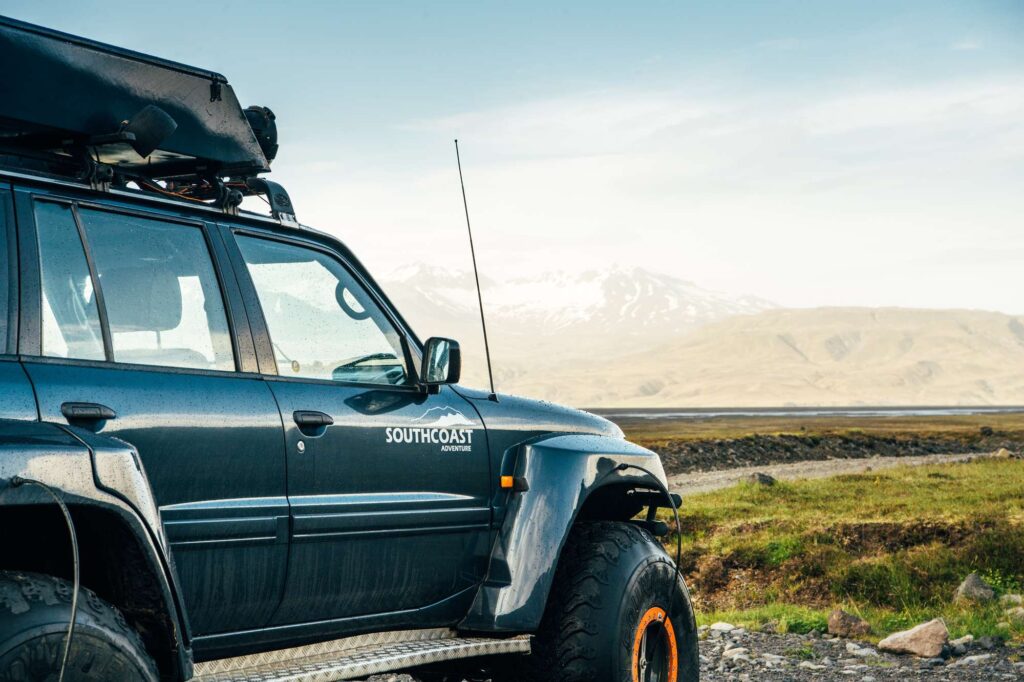
Here we round up our top experiences to have when planning a trip to Iceland so you can really get under the skin of this beautiful country.
Read more
